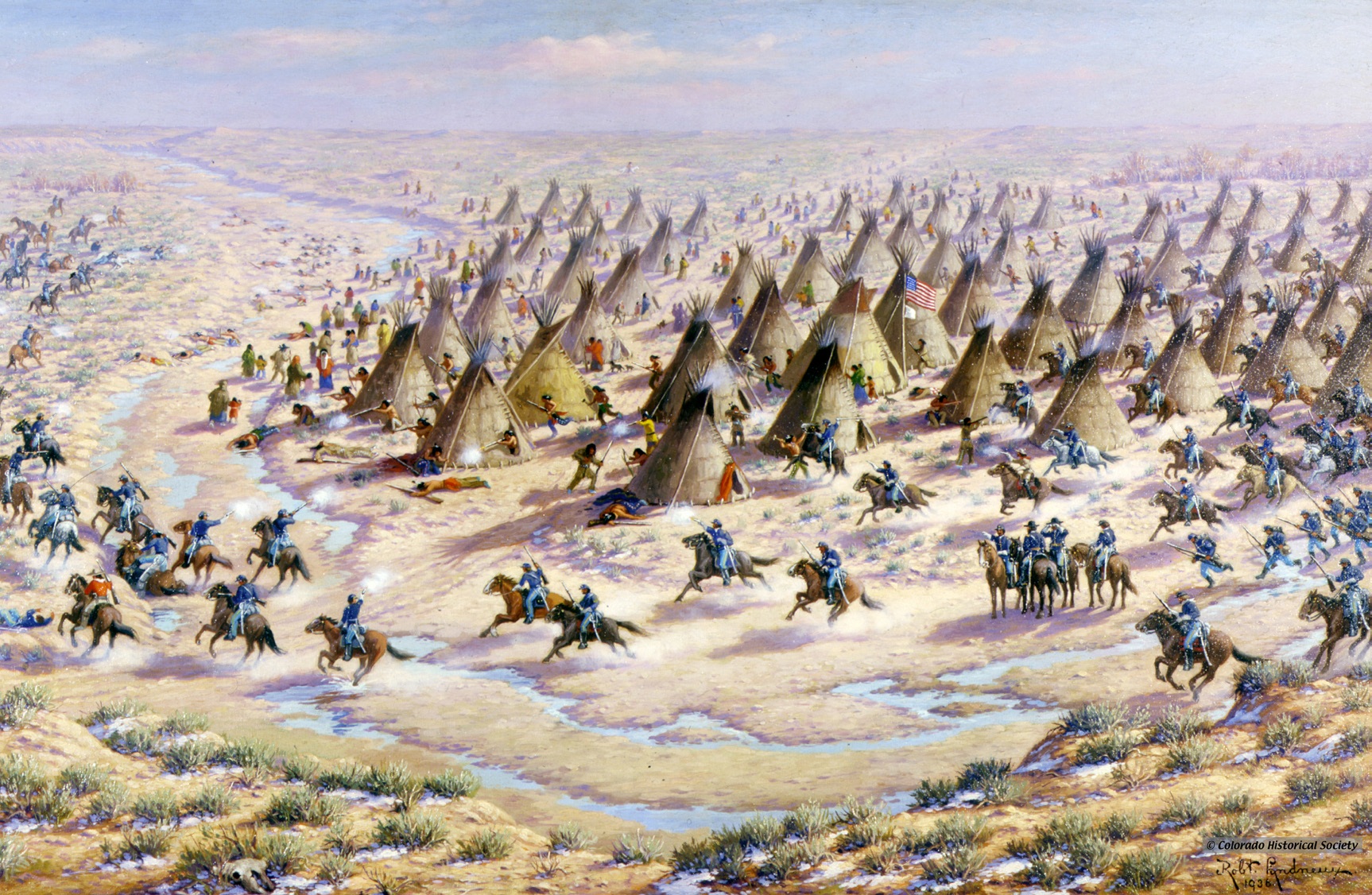The Sand History.

Sand has a rich history dating back millions of years. It forms from eroded rocks and minerals, shaped by natural forces.
Sand is an essential component of many ecosystems and human industries. Its journey starts with rocks breaking down through weathering and erosion. Rivers, winds, and glaciers transport these particles across vast distances. Different regions produce various types of sand, each with unique properties.
Desert sands, for example, are fine and uniform, while beach sands are coarser. Humans have utilized sand for construction, glass-making, and even technology. Understanding sand’s origins and uses helps us appreciate its value. This tiny grain holds stories of geological processes and human innovation. Sand’s history is a testament to nature’s power and our ability to harness natural resources.

Credit: www.amazon.com
Origins Of Sand
The story of sand’s origins is a tale of time and nature. Sand is found on beaches, deserts, and riverbeds. It has a fascinating history shaped by natural processes over millions of years. Understanding where sand comes from helps us appreciate its role in nature.
Natural Processes
Sand forms through various natural processes. Rocks break down into smaller pieces. This happens due to weathering and erosion. Rain, wind, and freezing temperatures cause rocks to crack and crumble. These small particles become sand.
Water plays a significant role. Rivers and oceans carry rock fragments. The movement smooths and rounds the particles. Over time, they turn into fine grains of sand. These grains then settle on beaches and deserts.
Geological Timeframe
Sand formation takes place over a long geological timeframe. The process spans millions of years. Each grain of sand has a unique history. It might have been part of a mountain long ago.
Consider the rock cycle. Rocks transform from one type to another. Igneous rocks erode into sand. Sedimentary rocks form from compacted sand. This cycle repeats over ages, contributing to the vast deposits of sand we see today.
| Natural Process | Resulting Sand Characteristics |
|---|---|
| Weathering | Breaks rocks into smaller particles |
| Erosion | Transports particles to new locations |
| Water Movement | Rounds and smooths sand grains |
Both natural processes and geological timeframes contribute to the creation of sand. The next time you walk on the beach, remember its ancient origins.
Types Of Sand
Sand comes in many types, each with unique characteristics. The types of sand vary based on their origin, mineral composition, and environmental factors. Understanding these types helps in selecting the right sand for various applications.
Mineral Composition
The mineral composition of sand determines its color and texture. The most common minerals found in sand include quartz, feldspar, and mica. Quartz sand is clear and hard, making it ideal for construction. Feldspar sand is often pink or white, and mica sand has a shiny appearance.
| Mineral | Appearance | Uses |
|---|---|---|
| Quartz | Clear, hard | Construction |
| Feldspar | Pink or white | Glassmaking |
| Mica | Shiny | Decorative |
Environmental Factors
Environmental factors play a big role in the type of sand found in an area. Coastal areas have beach sand, which is fine and smooth. Desert areas have dune sand, which is coarse and angular. Riverbeds contain river sand, which is rounded and clean.
- Beach Sand: Fine, smooth, found in coastal areas.
- Dune Sand: Coarse, angular, found in deserts.
- River Sand: Rounded, clean, found in riverbeds.
These types of sand have different properties and uses. Selecting the right sand is crucial for various projects.
Sand In Human History
Sand has been a vital part of human history. Its uses have evolved over time. From ancient civilizations to modern times, sand has always been valuable.
Ancient Uses
In ancient times, sand was used for many purposes.
- Construction: Ancient Egyptians used sand in building pyramids.
- Glassmaking: Sand was essential in making early glass.
- Writing: Sand was used to smooth clay tablets for writing.
Sand also played a role in art and pottery. Ancient artisans used sand to shape and polish their creations.
Modern Applications
Today, sand continues to be important in various industries.
- Construction: Sand is a key ingredient in concrete and asphalt.
- Technology: Silica sand is used in making silicon chips.
- Glass Production: Modern glass relies heavily on high-quality sand.
Sand is also used in water filtration systems. It helps to purify drinking water.
In the world of art, sand has found a place in sandblasting and sculpture.

Credit: www.oceanreefresorts.com
Environmental Impact
The history of sand is not just about its formation and usage. It also includes its effects on the environment. The extraction and consumption of sand have significant impacts on various ecosystems. Understanding these impacts is crucial for developing sustainable practices.
Ecosystem Changes
Sand mining disrupts natural habitats. It alters river and ocean ecosystems. Wildlife loses their homes due to habitat destruction. Fish populations decline, affecting local fishing communities. The removal of sand also leads to increased erosion. Coastal areas become vulnerable to storms and rising sea levels.
| Impact | Details |
|---|---|
| Habitat Destruction | Loss of living spaces for wildlife. |
| Fish Population Decline | Decreased numbers due to habitat loss. |
| Increased Erosion | Beaches and coasts wear away faster. |
Sustainable Practices
Adopting sustainable practices can mitigate the environmental impact of sand mining. Governments and industries should enforce regulations to limit extraction. Using alternative materials like crushed rock reduces dependency on natural sand. Recycled materials can also serve as substitutes in construction.
Community involvement is essential for sustainable sand management. Educating locals about the impacts helps in conservation efforts.
- Implement strict regulations
- Encourage public awareness
- Support community conservation efforts
Sustainable practices ensure the environment remains protected. They help maintain biodiversity and ecosystem health.

Credit: www.nps.gov
Frequently Asked Questions
What Is The Origin Of Sand?
Sand originates from the weathering and erosion of rocks over millions of years, breaking down into tiny particles.
How Is Sand Formed?
Sand forms through the gradual breakdown of rocks by wind, water, and other natural forces, resulting in fine particles.
Why Are There Different Colors Of Sand?
Sand colors vary due to the mineral composition and the presence of organic materials, which influence its hue.
Where Can You Find Sand Dunes?
Sand dunes are commonly found in deserts, coastal areas, and sometimes in river valleys, shaped by wind and water.
Conclusion
Exploring the history of sand reveals its immense geological significance. From ancient deserts to modern beaches, sand shapes our world. Understanding its journey enhances our appreciation of nature’s wonders. Dive deeper into this fascinating topic and uncover more secrets hidden within each grain.



